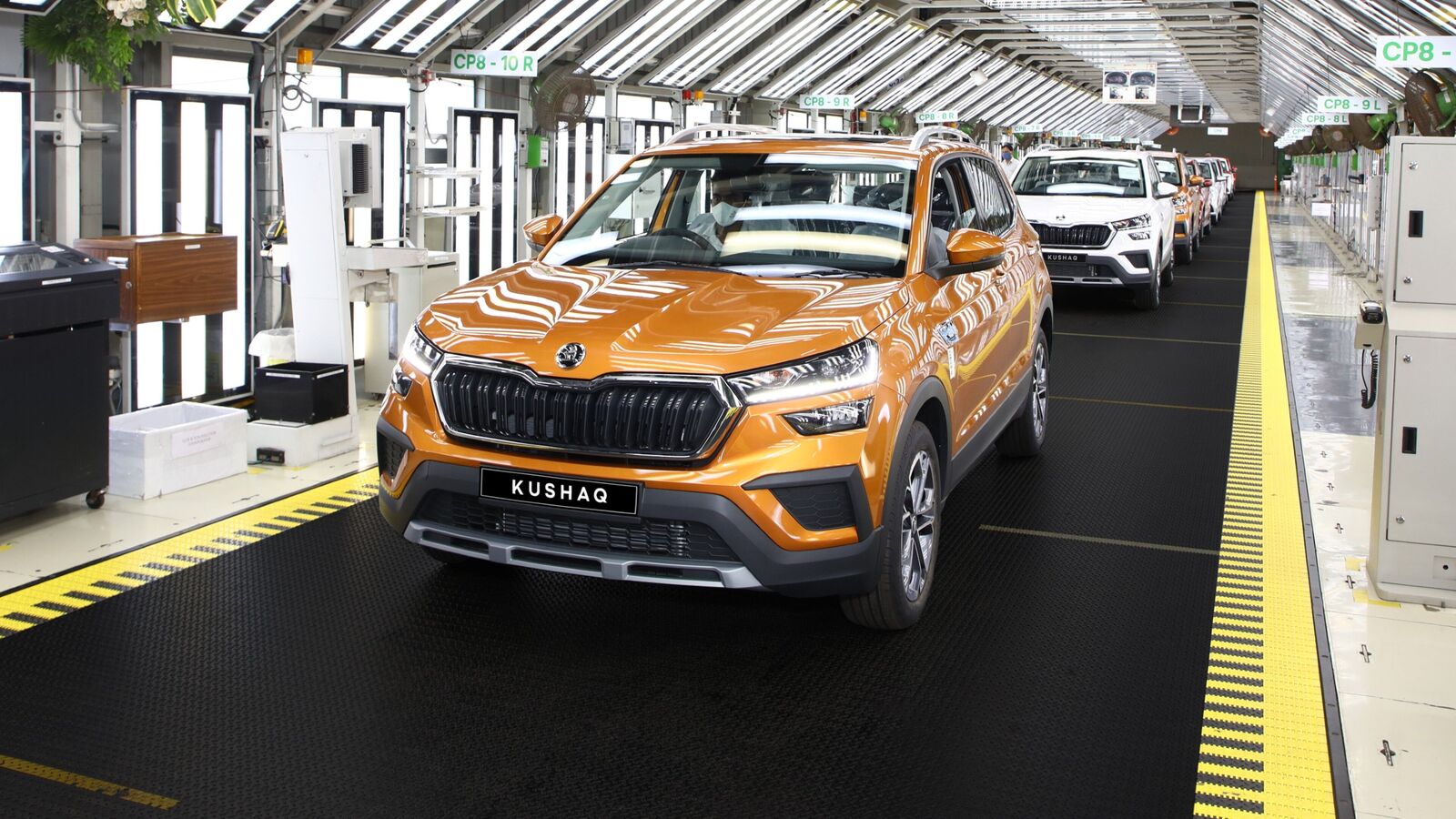Last Updated:
The new ICC will utilise advanced video analytics and facial recognition technology, providing real-time monitoring to facilitate effective crowd management.

The cameras will not just track crowds inside the temple. (representative image)
Nine months after a stampede at the Tirumala Tirupati Balaji temple claimed six lives and left over 40 injured, Andhra Pradesh Chief Minister N Chandrababu Naidu on Thursday inaugurated the country’s first Artificial Intelligence-Integrated Command Control Centre (ICC) to manage crowds at the shrine.
The first-of-its-kind initiative will see an AI-powered system set up by the Tirumala Tirupati Devasthanams (TTD). The new ICC will utilise advanced video analytics and facial recognition and provide real-time monitoring to facilitate effective crowd management.
Recommended Stories
Where have the AI-powered cameras been set up?
The new facility at Tirumala has been set up inside the Vaikuntham 1 Complex to keep track of the huge number of devotees who visit the temple every day.
At the ICC, a giant screen displays live video from hundreds of CCTV cameras installed throughout the temple area, allowing officials to monitor crowd movement and queues in real time. The CCTV cameras will be monitored by a group of more than 25 trained technical staff.
The cameras will not just track crowds inside the temple. But the system can monitor the pilgrim rush right from the start of the journey as the government has installed additional cameras at Alipiri, the main entry point to Tirumala.
What is special about AI-powered cameras?
One of the best parts of this AI-powered camera is that they don’t just record the video but can also count the number of people in the queue, track the movement of the crowd, and estimate waiting times for darshan.
Another advantage includes 3D maps for real-time monitoring, which will help officials give a ground-level view of the temple. For instance, if a particular corridor has become too crowded, the system will highlight it on the map and suggest remedial measures.
The cameras are also useful in spotting and identifying people involved in theft, pickpocketing, or other suspicious activities. In addition to this, during peak days, children or elderly pilgrims often get separated from their families in the rush. The AI system can scan faces across multiple cameras and help locate missing individuals.
The AI is designed to study the facial expressions and body language of pilgrims in real time. If someone looks distressed, unwell, or shows signs of discomfort, the system can alert officials immediately.
How will AI-powered cameras predict pilgrim numbers?
The system will gather data from multiple cameras and ticketing records. Using this information, it can predict peak pilgrimage hours. This will help TTD plan resources better, such as deploying more staff at entry gates or opening extra queue lines.
In case of emergencies such as a fire, stampede-like situation, or medical crisis, the system can quickly calculate and display the safest and fastest exit routes for devotees.
About the Author
A team of writers at News18.com bring you stories on what’s creating the buzz on the Internet while exploring science, cricket, tech, gender, Bollywood, and culture.
A team of writers at News18.com bring you stories on what’s creating the buzz on the Internet while exploring science, cricket, tech, gender, Bollywood, and culture.
Delhi, India, India
September 26, 2025, 11:14 IST
Loading comments…
Read More



